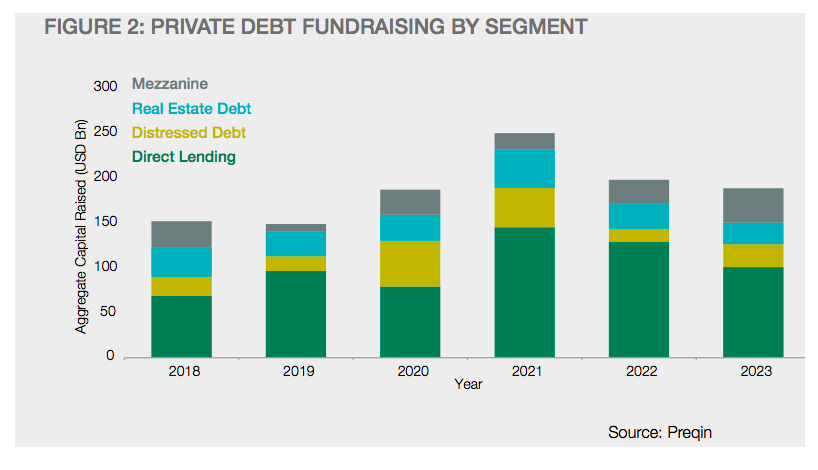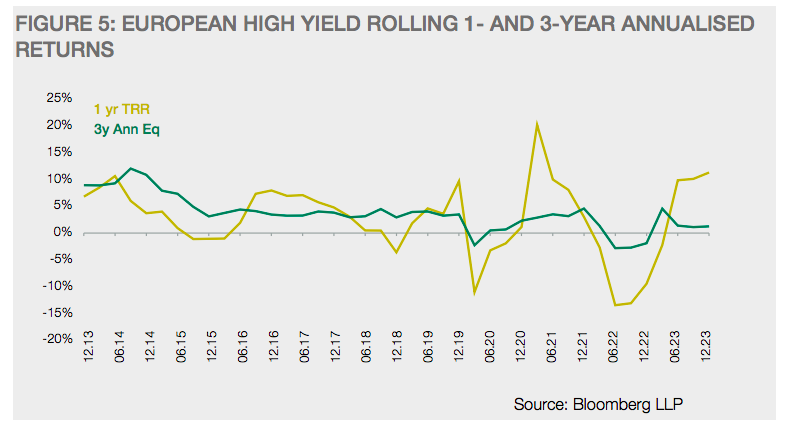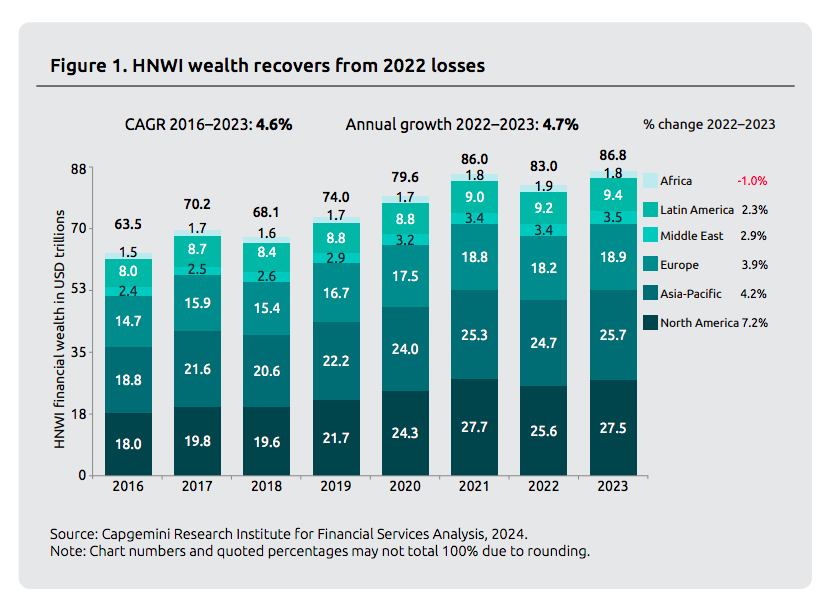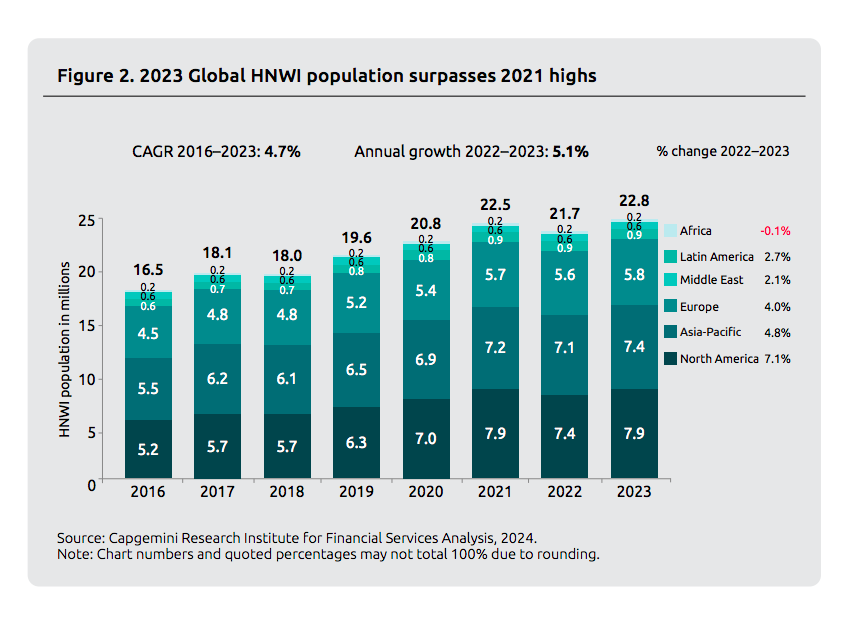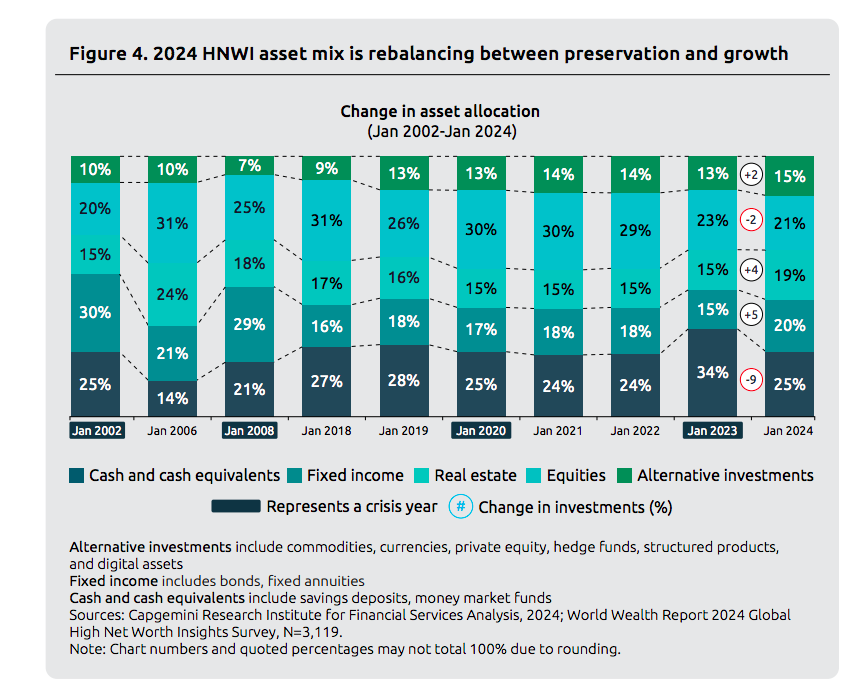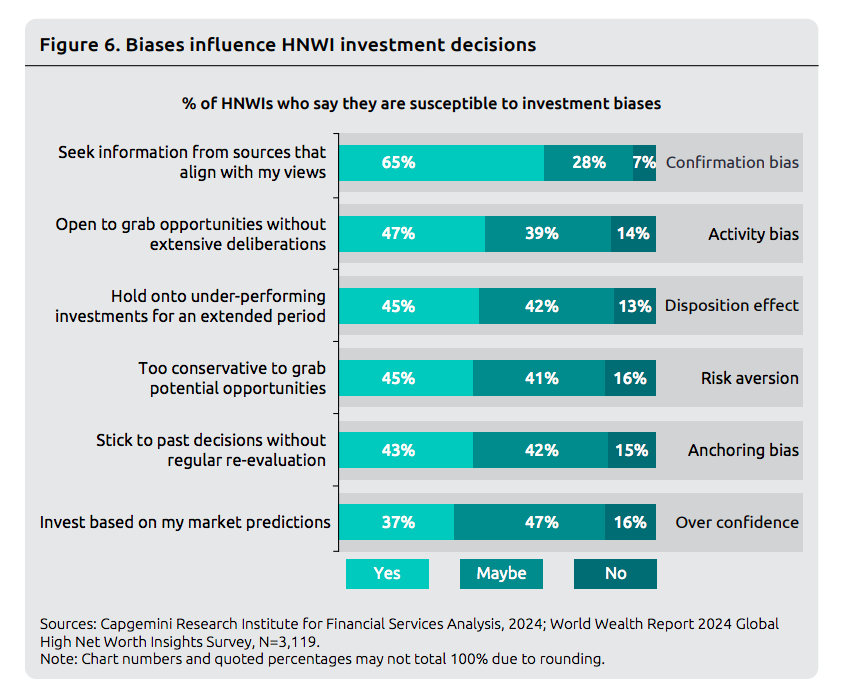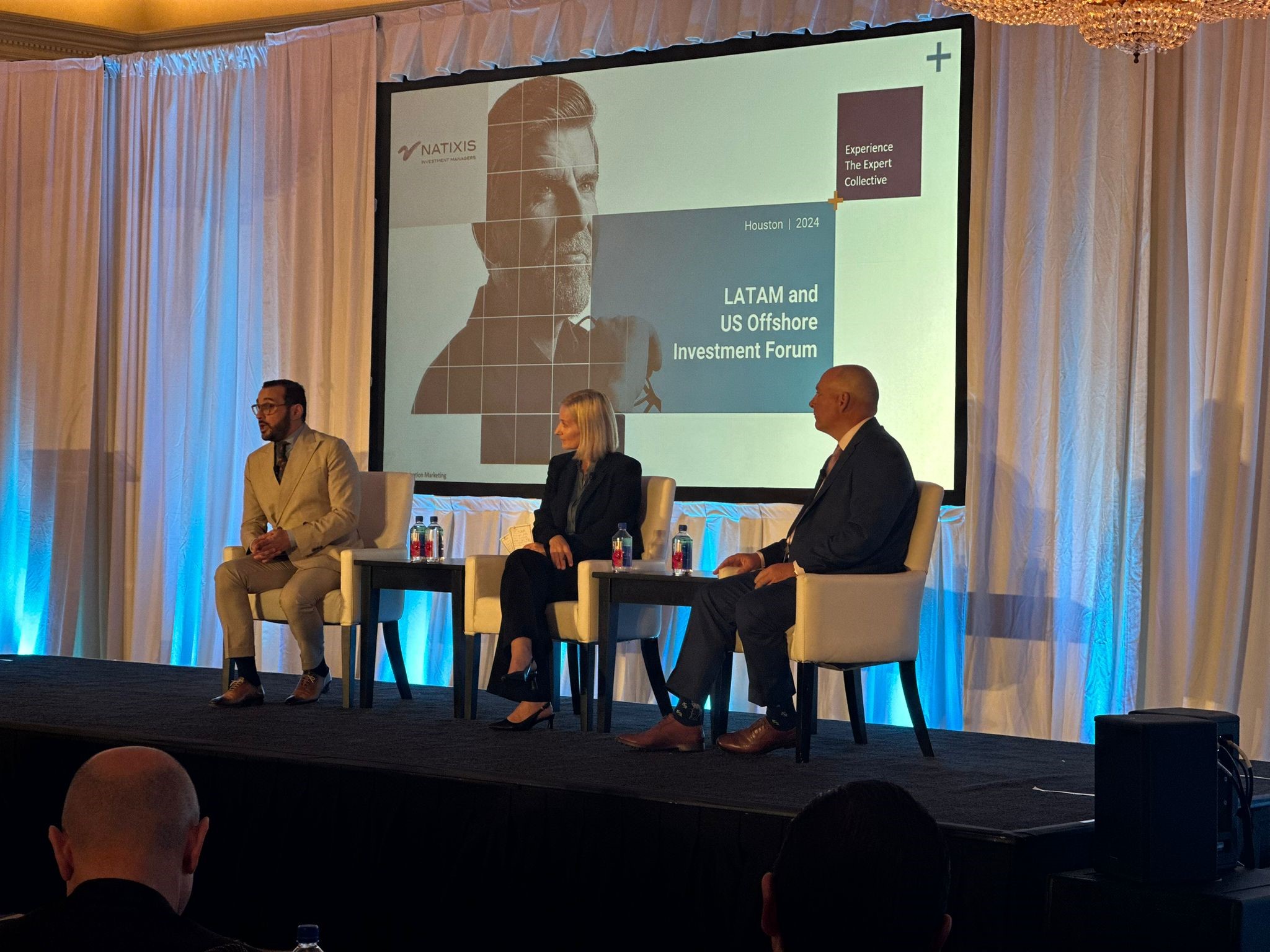The Fed Insists on Higher Rates for Longer and Aims for Only One Cut In 2024
| By Amaya Uriarte | 0 Comentarios

Yesterday’s meeting of the U.S. Federal Reserve (Fed) went as expected, with no changes to interest rates yet, but it did convey some clear messages. One of the most relevant was that the Fed sees less need and urgency to ease its monetary policy but still leaves the door open for cuts this year. The key point is that, in the short term, it expects inflation figures higher than anticipated at the beginning of the year, although its long-term projections still show inflation returning to 2%.
“Central bankers delivered a seemingly aggressive surprise at the June FOMC meeting. The updated median projection for the federal funds rate, or dot plot, now indicates a single rate cut by the end of the year, compared to three expected in March. This change of opinion was likely due to a slight improvement in inflation expectations for this year and next,” says Christian Scherrmann, U.S. economist at DWS, regarding his overall view of yesterday’s meeting.
Regarding this change of opinion, Jean Boivin, head of the BlackRock Investment Institute, points out that the Fed has done this several times before, so they don’t give much weight to its new set of projections. “Powell himself said he doesn’t consider it with high confidence, emphasizing the Fed’s data-dependent approach. Regardless of the Fed’s forward guidance, incoming inflation surprises, in any direction, will likely continue to lead to significant revisions in policy expectations,” he explains. Boivin believes that given the lack of clarity from central banks on the path forward, markets have become prone to reacting strongly to individual data points, as we saw again today with the post-CPI jump in the S&P 500 and the sharp drop in 10-year Treasury yields.
For Raphael Olszyna-Marzys, international economist at J. Safra Sarasin Sustainable AM, Powell’s message was very balanced. “Although the dot plot shifted upwards, and most officials do not expect any cuts or only one this year, they are also very aware that maintaining a restrictive policy for too long could unduly harm the labor market and the economy. So far, the labor market is much more balanced, which should allow for a downward trend in inflation,” he argues.
What does this mean?
In the opinion of David Kohl, chief economist at Julius Baer, the updated summary of economic projections suggests that only one rate cut in 2024 and higher rates in the long term are appropriate. “The increase in inflation forecasts and the maintenance of growth expectations confirm the view that the FOMC wants to keep interest rates high for longer. The latest U.S. inflation figures, which were surprisingly low, were well received and increase our confidence that the Fed will cut its benchmark rate at its September meeting. We expect the Fed to pause from then and cut rates once more in December in response to a cooling labor market and easing inflation.”
For Kohl, the appropriate path for the federal funds rate has changed significantly for 2024: “Four FOMC participants do not see the need for rate cuts in 2024, seven advocate for one rate cut, and eight for two rate cuts.” This means, as he explains, that the median projection for 2024 has moved towards one rate cut and a preference for cuts in 2025. “The longer-term rate projection has increased, confirming the view that the FOMC wants to keep interest rates high for longer. The adjustment of the long-term rate path is an important acknowledgment that the U.S. economy is withstanding higher interest rates much better than feared,” says the chief economist at Julius Baer.
This view is also shared by James McCann, deputy chief economist at abrdn. “In reality, the median FOMC member now expects only one rate cut in 2024, compared to the three expected in March. This change in stance is likely due to higher-than-expected price growth in early 2024, which forced FOMC members to revise their inflation forecasts upwards once again. However, yesterday’s lower-than-expected CPI inflation surprise was much more encouraging, and with most members divided between one or two cuts, we wouldn’t be surprised to see the market continue to flirt with the option of multiple rate cuts this year,” adds McCann.
Alman Ahmed, global head of macro and strategic asset allocation at Fidelity International, emphasizes that during the press conference, Chairman Powell stressed the importance of incoming data flow, especially on the inflation front. “We have seen the Fed completely abandon any dependence on forecasts to set its policy, so we continue to expect it to maintain its current data-dependent approach,” he notes.
Forecast on rate cuts
In Ahmed’s opinion, his base case is that there will be no cuts this year, but “if inflation progress continues during the summer months or labor markets begin to show some signs of strain, the likelihood of one increases,” he explains. That said, he adds: “The U.S. economy continues to hold up, and yesterday’s release was affected by vehicle insurance components and airfares, meaning the bar for starting cuts remains high.”
Conversely, from Julius Baer, Kohl points to September, followed by another cut in December, and gradually reducing the official interest rate in 2025 with three more cuts. “The latest U.S. inflation data, which surprised to the downside in May, increase our confidence in a rate cut at the September FOMC meeting, while further cooling of the labor market in the second half of the year should motivate another round of policy easing at the December meeting,” he argues.
According to Scherrmann, more time will be needed for the term “progress” to move from the press conference to the post-meeting statement, where it would serve as a definitive signal for a first rate cut. Meanwhile, he believes the Fed must avoid scenarios like those in the fourth quarter of 2023, when financial conditions experienced unnecessary easing due to rising rate cut expectations. “Given the inconsistencies observed during the June meeting, we conclude that this goal has been successfully achieved for now: markets have discounted slightly less than two cuts in 2024, a slight decrease from pre-meeting expectations. As we connect the dots, we are likely to agree with this assessment,” defends the DWS economist.
Fed vs. ECB
In the opinion of Wolfgang Bauer, manager of the fixed income team at M&G Investments, these days we are witnessing a strange “mirror world” between central banks. “After the ECB cut interest rates and revised up its inflation forecasts last week, the Federal Reserve did exactly the opposite. Just hours after the release of surprisingly low inflation data, the Federal Reserve decided to keep interest rates at current levels and, more importantly, revised up its dot plot, indicating that it would only cut rates once this year. The Federal Reserve’s caution is likely to help the ECB hawks delay further rate cuts for now. Although the economic situation in Europe is different from that in the U.S., it seems unlikely that the ECB will proceed with monetary policy easing while the Federal Reserve remains on hold,” comments Bauer.
From eToro, they believe that this latest update also underscores that the Fed does not feel pressured to lower rates, as other G7 central banks (such as the BoC and ECB) have recently done.



